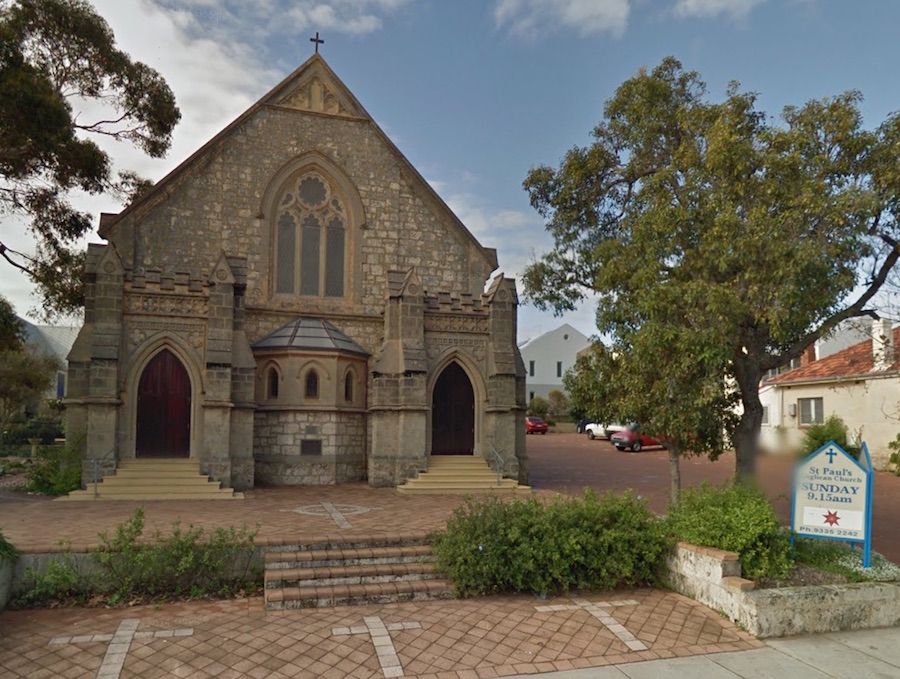November 11th always brings us to remember the ending of a particularly horrendous war. In St Pauls Church in Hampton Road a Memorial Board lists over 80 young men from that church who went to war and never returned. It’s a very sad reminder of the massive impact of war on the whole community.
Peter FitzSimon’s new book ‘Monash’s Masterpiece’ tries to show Australia’s role in stopping this war. He details the meteoric rise of John Monash to lead the Australian Army and his stroke of genius – at the battle of Hamel just over 100 years ago – to change the way war had been fought. This battle was the beginning of the end to a terrible war that was going nowhere until then.
FitzSimon’s also tells the story of a relatively unknown Fremantle soldier Jack Ingvarson who played a significant part in this battle.
The German army was just hours from Paris in early 1918. The battle lines were set at Le Hamel, a small village outside Amiens that gave strategic advantage to their next advance with the Australian troops in the front line.
Monash conceived a plan to surprise the German Army by using new technology instead of men as gun-fodder in trenches. The plan required tanks, planes and artillery to work precisely together as a coordinated force, providing a shock front line to protect the infantry. The men would do the necessary follow up, hopefully only needing to take prisoners amidst the resulting chaos.
Unfortunately, anti-semitic prejudice threatened to sabotage these plans. Journalists Keith Murdoch (father of Rupert) and Charles Bean had been trying to undermine Monash as Head of the Australian Army, on the basis he was Jewish. They had convinced the Prime Minister to have him removed. Billy Hughes arrived the day before the battle and found that the whole Allied leadership, as well as the troops, were totally behind Monash, so he ended up giving a rousing speech to the troops instead. Monash stayed.
The US Army had just joined the war. Monash needed extra troops for his battle plan so quietly used battle-hardened Australian soldiers to train Americans for this new offensive. However, they were suddenly withdrawn by US General Pershing on the day before the battle as he didn’t think they were ready for front line fighting. Nevertheless, several hundred stayed on, many wearing Australian uniforms, to help out 7,000 Australians.
The battle was planned to last 90 minutes and ended in 93 minutes with a complete rout and vast numbers of prisoners taken. The shock of the multiple levels of barrage worked so that the Australians could move in quickly and take advantage of the chaos.
However, one section of the front line contained hidden machine gun posts which were enabling a counter attack from a hill top stronghold. The Australians under fire had ‘dug in’ and whilst the command was preparing a strategy for how to deal with this, a small group of the soldiers took the situation into their own hands.
Jack Ingvarson and 14 others rushed the line and removed the machine gun posts in hand to hand battle, chasing the rest of the German troops down the trench line. Over 70 people were eventually captured and the battle was over.
Monash and his troops, now with American support, advanced hundreds of kilometers into France and the end of the war in Europe was quickly negotiated. Perhaps Peter FitzSimons overstates the Australian case for leadership in this vital stage of the war, but certainly the French still memorialise their role.
Jack Ingvarson was awarded a DCM (and bar for later exploits) to show his part in this incredible turning point. He was born in Denmark and was a 14 year old seaman who jumped ship in Fremantle in 1913. War broke out the next year and he enlisted in 1916 after gaining Australian citizenship. Jack married Alice after the war and they lived in Fremantle the rest of their lives, in a small house in Stokes Street White Gum Valley. They had four children, the youngest Lawrence went to Fremantle Boys, John Curtin High School and UWA before marrying my sister and moving to Melbourne as an academic. He remains a Fremantle stalwart with wonderful stories of early days in Fremantle as told by his Dad.
I remember Jack as someone who loved a laugh and fishing off Robbs Jetty. He never mentioned the war and died in 1993 aged 99.
Jack Ingvarson DCM (1893-1993), resident of Stokes Street White Gum Valley and one of the heroes of the battle of Hamel, July 4th 1918.










